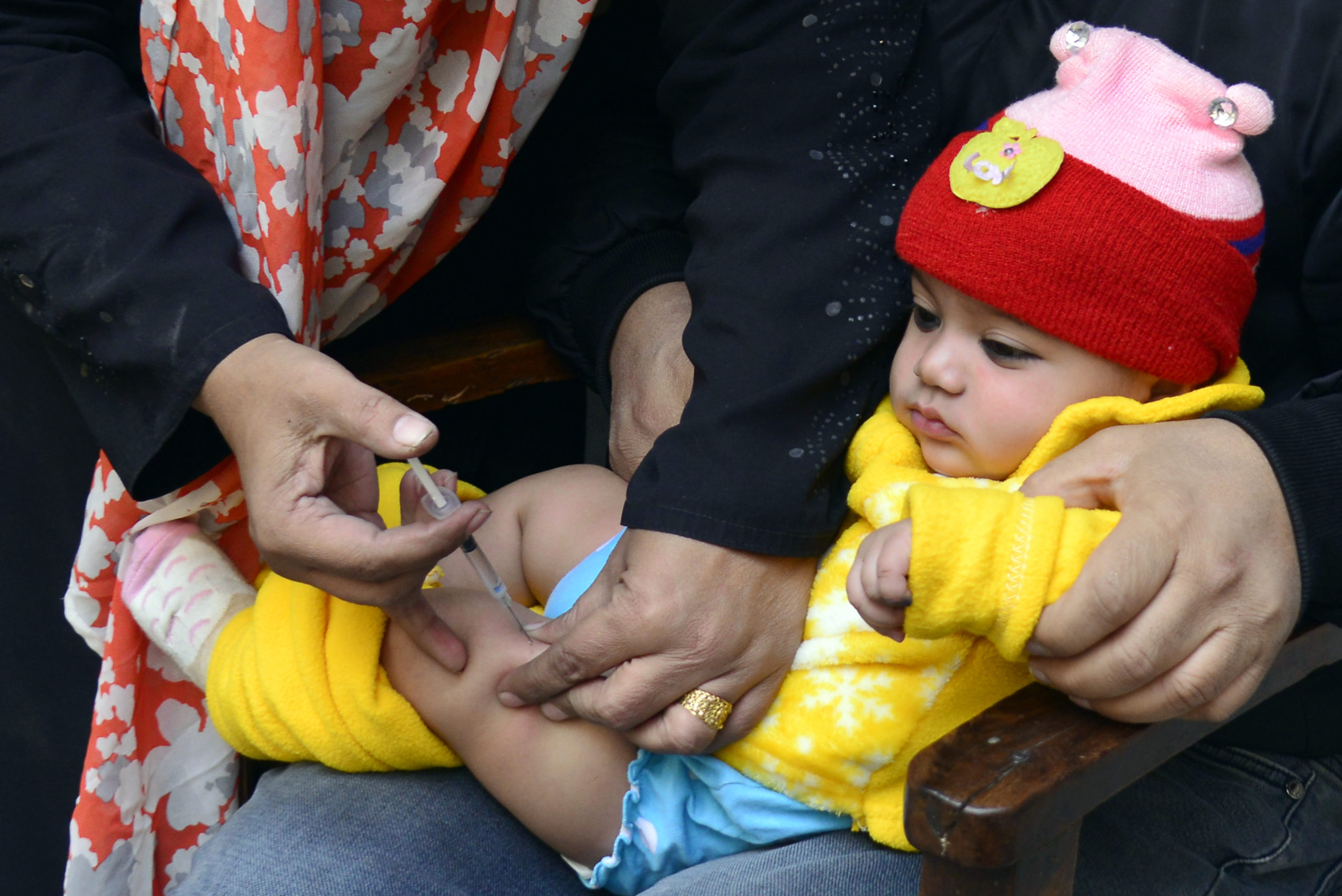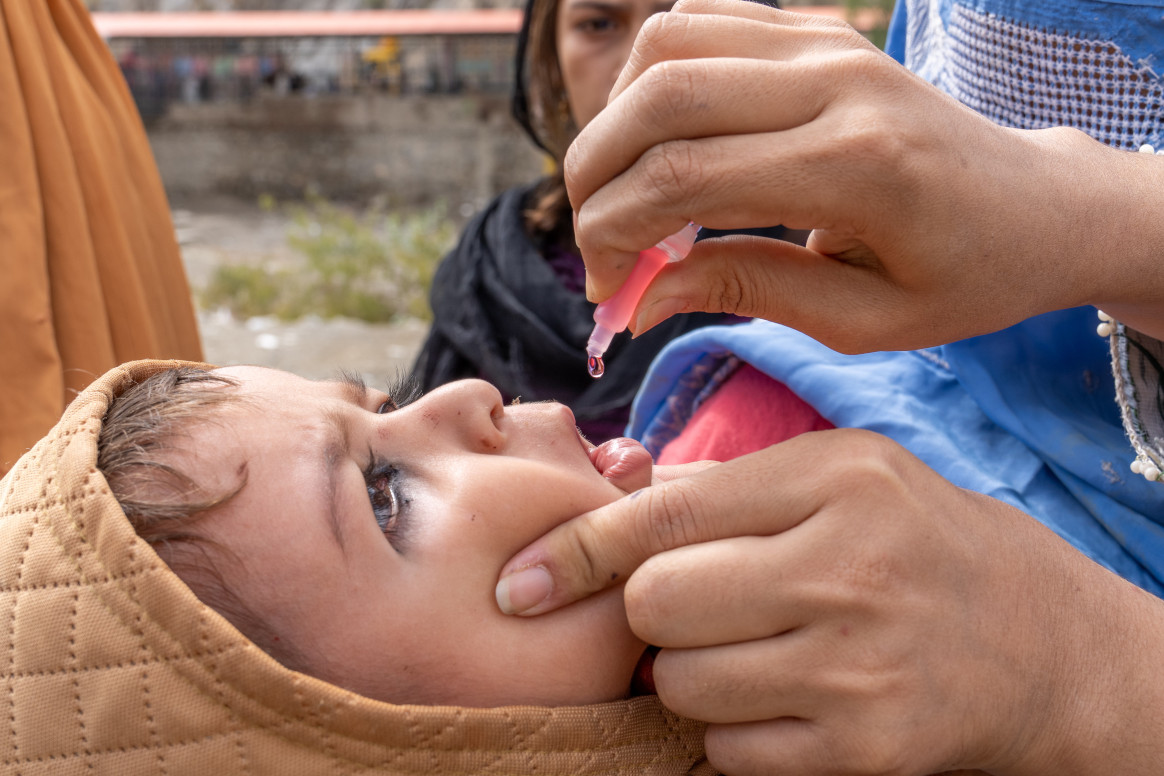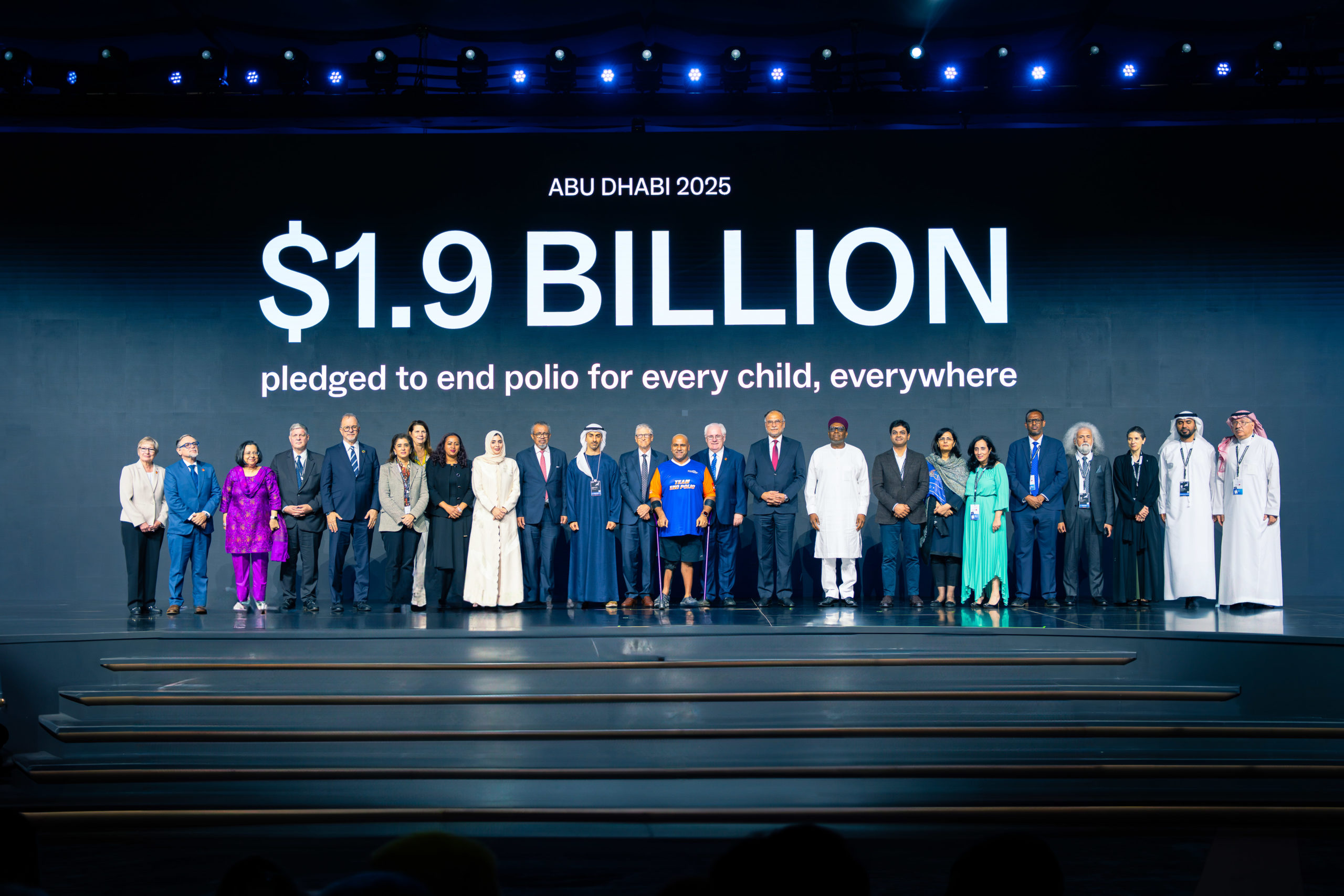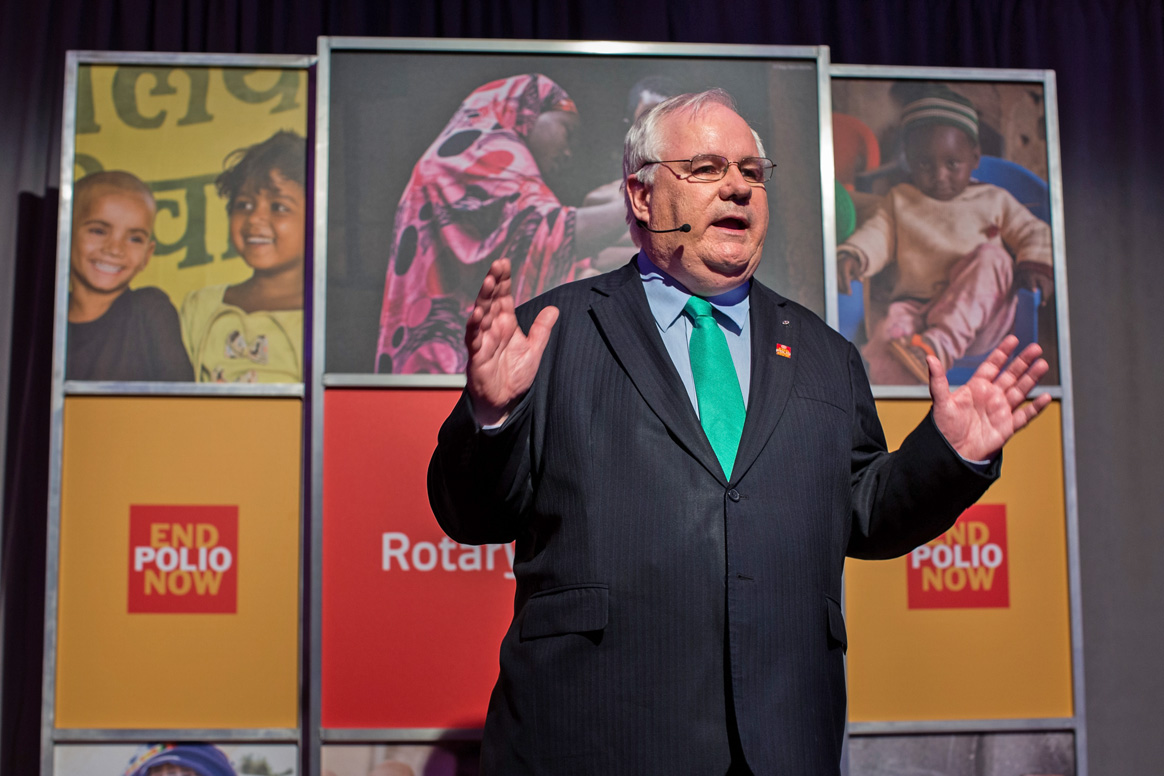Health leaders from across Africa gathered in Nairobi last week to take stock of progress and chart a bold path forward for ending all remaining poliovirus transmission on the continent. The high-level meeting, convened by the Global Polio Eradication Initiative (GPEI), focused on intensifying operations in the last remaining areas where variant polioviruses continue to circulate, and ensuring that Africa’s hard-won gains are fully sustained.
Participants reviewed the latest situation in the two key cross-border zones where variant polioviruses persist — the Lake Chad Basin and the Horn of Africa — and agreed on concrete actions to strengthen coordination across national and regional lines. Building on the lessons of recent successful responses, countries committed to accelerating vaccination campaigns, closing remaining immunity gaps, and boosting surveillance sensitivity to rapidly detect and stop any new outbreaks.
The meeting also emphasized how the new GPEI Action Plan, released earlier this month, provides the framework for this intensified effort: a smarter, leaner, and more integrated approach that links eradication activities with broader public-health priorities.
“This is not business as usual,” said one participant. “With the Global Action Plan, we have a clear blueprint to finish the job — efficiently, collaboratively, and sustainably.”
Innovation and integration driving impact
New vaccine solutions are already helping Africa protect more children, more effectively. The hexavalent vaccine, recently introduced in Senegal and Mauritania and named by Time Magazine as one of 2025’s 100 most important innovations, combines protection against six diseases — including polio — in a single shot. Other countries are scaling up use of the novel oral polio vaccine type 2 (nOPV2) to stop variant outbreaks safely and quickly, while exploring new tools such as microneedle patches and needle-free injectors to simplify delivery.
This drive is also part of a broader effort to reach every child with essential health services. In Nigeria, for example, health workers are currently vaccinating over 100 million children against measles, rubella, and polio — one of the largest integrated immunization campaigns in history. Across the Lake Chad region, joint surveillance and cross-border vaccination activities continue to form a protective “dam” against the virus.
Partnership and community at the core
As always, this effort is powered by partnership — from governments and WHO regional offices to Rotary International and civil-society volunteers, whose advocacy and support have kept the goal of eradication firmly in sight.
Polio eradication has always been about what humanity can achieve when it works together. Africa has already made history once — interrupting wild poliovirus transmission in 2020. With renewed solidarity, innovation, and commitment, it is now on track to make history again by finishing the job for good.



